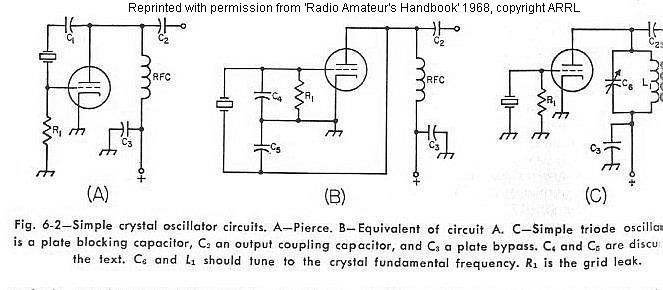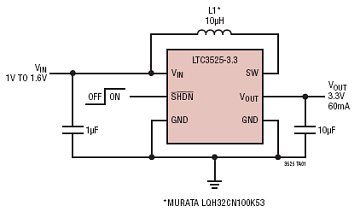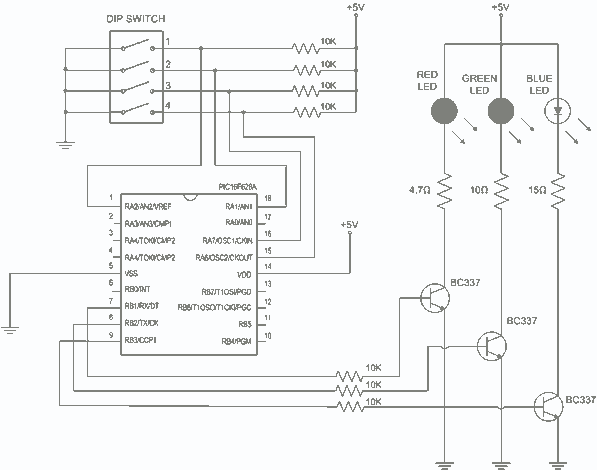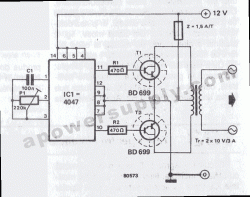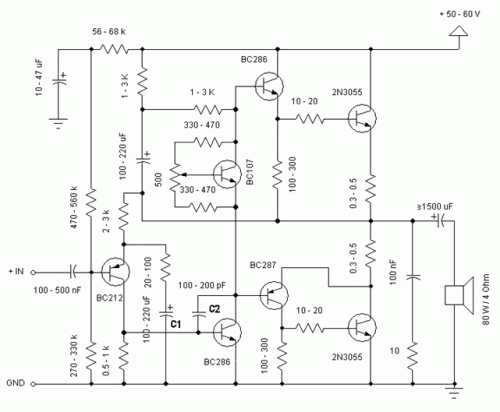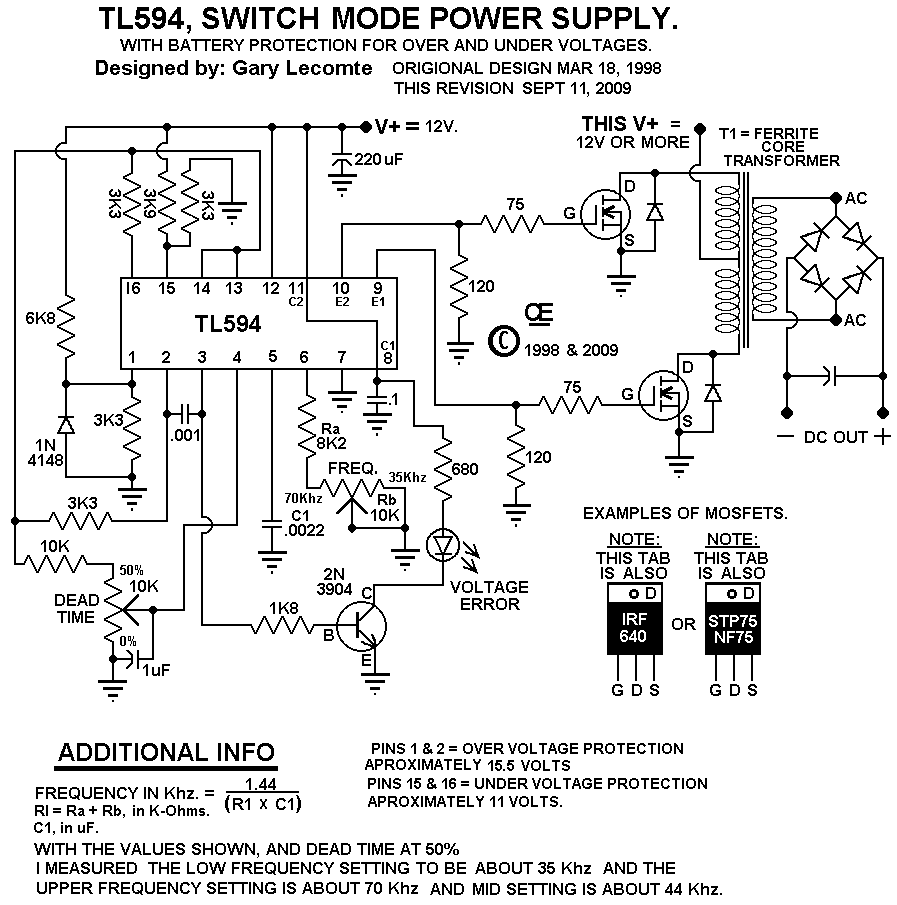
Special power circuits 7905 7805 7812

The circuit illustrated in the figure represents a specialized power supply configuration. It is straightforward in design and can be constructed using two identical secondary windings to generate three distinct DC voltage outputs: +5V, -5V, and +12V. The circuit features diodes D2 and D3, which are connected across the secondary windings E2 and E3, facilitating full-wave rectification of the AC power.
This power supply circuit utilizes a transformer with dual secondary windings, which allows for the simultaneous generation of multiple voltage levels. The two secondary windings are configured to provide the necessary AC input for the rectification process. The diodes D2 and D3 are essential components, as they rectify the alternating current (AC) from the secondary windings into direct current (DC).
The full-wave rectification achieved by these diodes ensures that both halves of the AC waveform are utilized, resulting in a smoother DC output. The output voltages are +5V, -5V, and +12V, which can be used for various electronic applications requiring dual polarity and higher voltage.
Filtering capacitors may be employed at the output of the rectifiers to further smooth the DC voltage levels, reducing ripple and improving the overall stability of the power supply. The design's simplicity makes it suitable for applications where space and cost are critical factors. This power supply circuit can be effectively used in low-power electronic devices, instrumentation, and other applications that require reliable voltage regulation. As shown in FIG as a special power supply circuit. The circuit is simple, but can be produced from two identical secondary windings in three sets DC voltage: + 5V, -5V and + 12 V. Its characteristics are: D2, D3 connected across E2, E3 which two AC power, plays the role of the full-wave rectification.
This power supply circuit utilizes a transformer with dual secondary windings, which allows for the simultaneous generation of multiple voltage levels. The two secondary windings are configured to provide the necessary AC input for the rectification process. The diodes D2 and D3 are essential components, as they rectify the alternating current (AC) from the secondary windings into direct current (DC).
The full-wave rectification achieved by these diodes ensures that both halves of the AC waveform are utilized, resulting in a smoother DC output. The output voltages are +5V, -5V, and +12V, which can be used for various electronic applications requiring dual polarity and higher voltage.
Filtering capacitors may be employed at the output of the rectifiers to further smooth the DC voltage levels, reducing ripple and improving the overall stability of the power supply. The design's simplicity makes it suitable for applications where space and cost are critical factors. This power supply circuit can be effectively used in low-power electronic devices, instrumentation, and other applications that require reliable voltage regulation. As shown in FIG as a special power supply circuit. The circuit is simple, but can be produced from two identical secondary windings in three sets DC voltage: + 5V, -5V and + 12 V. Its characteristics are: D2, D3 connected across E2, E3 which two AC power, plays the role of the full-wave rectification.
